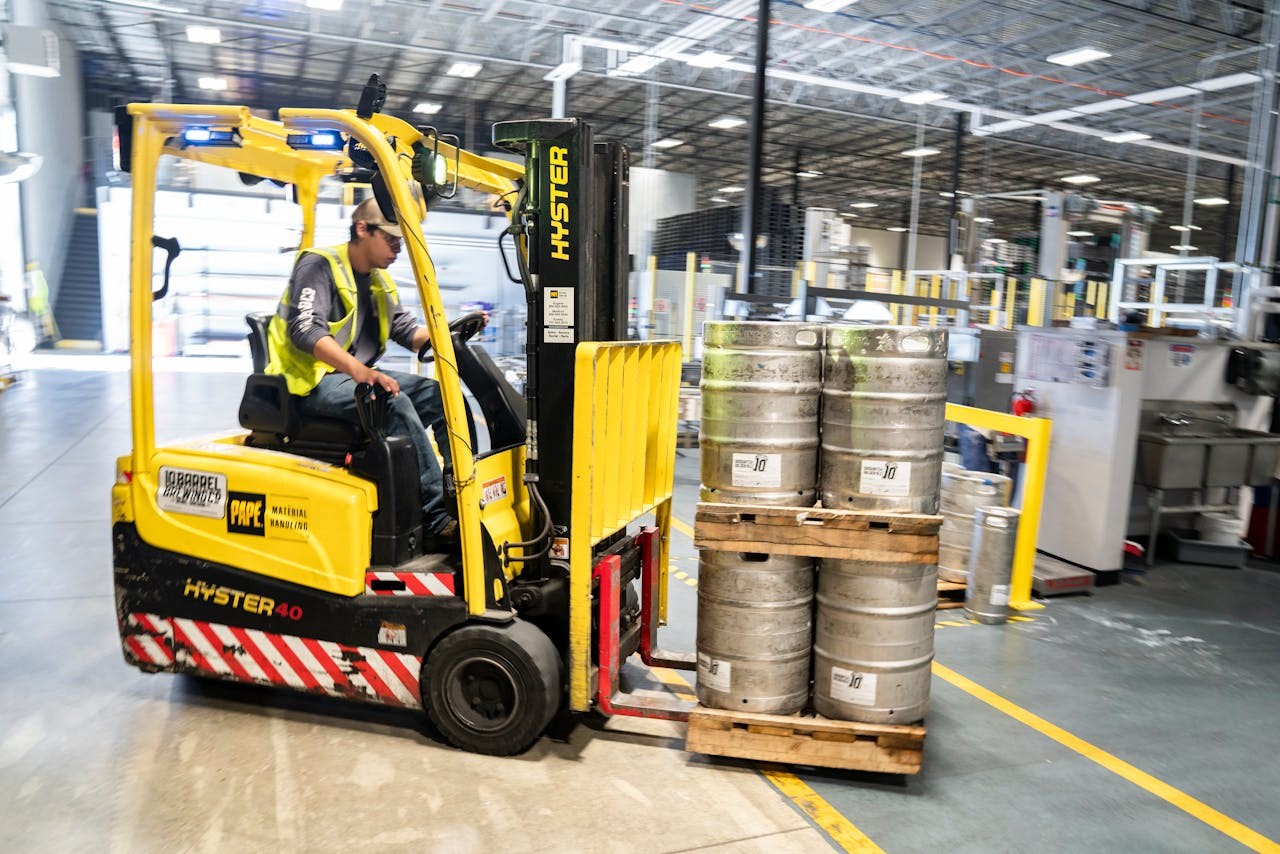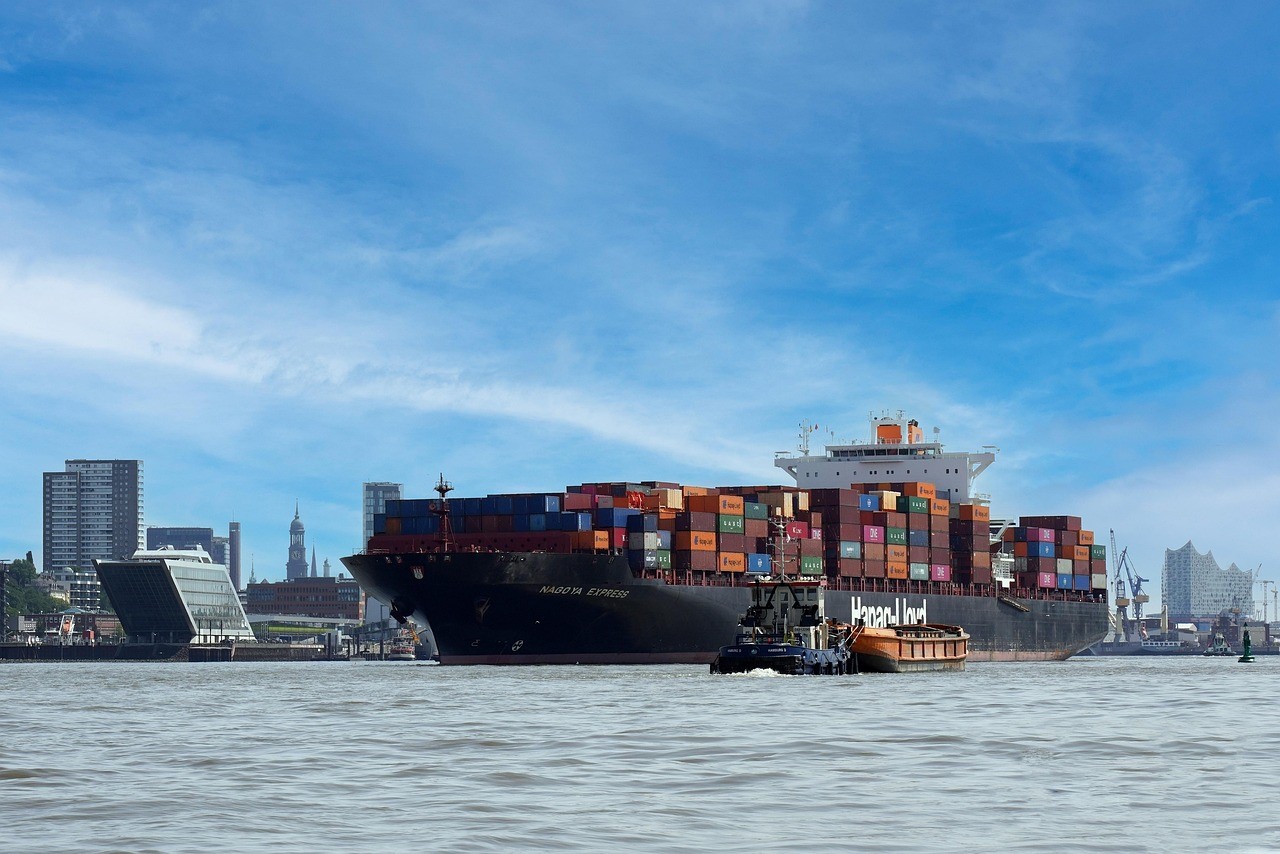
The beginning of the year 2023 has brought the EU Corporate Sustainability Reporting Directive (CSRD) entry into force one step closer. Many companies are already preparing for the changes that the directive will bring.
Read more: CSRD – Are we ready?
Companies are getting acquainted with the directive and considering what they should report on in order to align with the requirements of the sustainability standard, currently in the draft stage (ESRS, European Sustainability Reporting Standard).
How should and can you prepare for the coming of the CSRD?
Although companies may feel there is still plenty of time left, you should already start preparing for the CSRD. The related development needs do not only concern information to be reported. Development needs may also include the creation of strategic policies and procedures that require plenty of time to process.
This new sustainability reporting includes several requirements, and companies’ ability to respond to these may vary. Below, we present 5 + 1 tips for preparing, targeted at companies in the early stages of sustainability reporting. The list of tips will continue in another post. That one will also be relevant for companies with experience of reporting.
To get started with sustainability reporting
1) Create a strong basis starting from materiality
Materiality is an essential principle of corporate responsibility and sustainability. The principle of double materiality steers sustainability assessment in accordance with the standard and defines the information that the sustainability report will communicate. Materiality is assessed from two perspectives:
- a) The material impact the company’s activities have on the environment, climate and people
- b) Material opportunities and risks related to sustainable development that the company’s business is susceptible to and that may impact opportunities for success and value creation in the future
Another objective in addition to defining materiality is to establish a connection on how material impact, opportunities and risks relate to the company’s strategy and business model. This way, sustainability does not remain a separate, individual issue, but rather its importance for the entire organisation is understood.
2) Ensure operating conditions
If the company’s management is committed, preparing for reporting in accordance with the CSRD is off to a good start. Review the contents of the CSRD with management in order to ensure that both they and the board of directors understand the future requirements and their respective roles. The company’s board of directors will certainly become more interested in the matter when they learn that they will sign the information provided in the sustainability report. Ensure, too, that sufficient resources are available for the work: people, time, budget, competence and tools. You cannot respond to the requirements of the CSRD in a haphazard manner.
3) Create a strategy for improving sustainability
The CSRD requires reporting on a sustainability-related strategy, which is linked to the company’s business operations. Do you have such a strategy? Now is a good time to either create the strategy or update it, taking into consideration the results of assessing double materiality. Define objectives, indicators for assessing success, and an action plan for reaching the objectives. Define how the company will manage the impact of its operations on the environment and the surrounding society. Does your company take into account sustainability risk management? It is also important to make sustainability risks part of the entire company’s risk management processes.
4) Measure and monitor
Once the material impacts and risks have been identified and the strategy, objectives and indicators defined, it is time to measure. Making use of the expertise of various units, locations and production facilities, find out
- how data is already collected
- where is data obtained from and what the sources of data are
- what data is missing and which new measurements will be needed in the future
At this point, you should remember that some of the requirements of the EU sustainability standards (ESRS) are mandatory for all companies. For example, all companies are required to report their Scope 1, Scope 2 and Scope 3 emissions. Are you already capable of reporting these and is the data reliable?
You can then move on to a specification phase, in which you define in more detail where the measured data will be saved and in what format. The objective is to measure the company’s material impacts and opportunities using qualitative and quantitative indicators in order to be able to assess the company’s performance and development.
5) Define a systematic reporting process
In order to get the sustainability report published, a company needs to have a sustainability reporting process and annual project. Defining the process should be done in accordance with the procedures and schedules of financial reporting. The process describes what data is consolidated and how, how the required calculations will be carried out, and details of the schedule for data collection and other phases. It is also important to agree on related responsibilities and roles: who produces what data and who ensures overall completion and quality. All of this should be done in collaboration with the financial and communications team.
Our most important tip: Get everything out of it!
To finish, our most important tip.
Sustainability professionals should get everything out of the coming EU sustainability reporting directive.
Increased regulation is not just stressful and bad, although it might feel like that at times, when you are faced with the enormous amount of work it requires. It is an opportunity. An opportunity to get the company executives to commit to sustainability, develop your activities and get better resources for your sustainability work.
Read more: Measuring sustainability – a solution for decision-makers
Requirements of the CSRD directive and the sustainability reporting standard (ESRS) bolster the integration of corporate responsibility as part of companies’ normal business models, strategies and management systems. For example, ESRS requires a company to report on how performance from the perspective of sustainable development is tied in with the company’s incentive scheme.
**
Tofuture’s cloud-based tool allows companies to compile organisation-wide data in accordance with the CSRD and the sustainability standards while also automating data collection. The tool enables you to calculate Scope 1, 2 and 3 emissions and consolidate company-wide data. You can increase your confidence in the data and improve its reliability. Tofuture’s tool will make your company ready for external assurance of its sustainability report.
Contact us, and let’s plan together how we can help to bring your company’s sustainability data to the level required by the sustainability reporting directive.
Cover photo: Jan Piatkowski, Unsplash


































